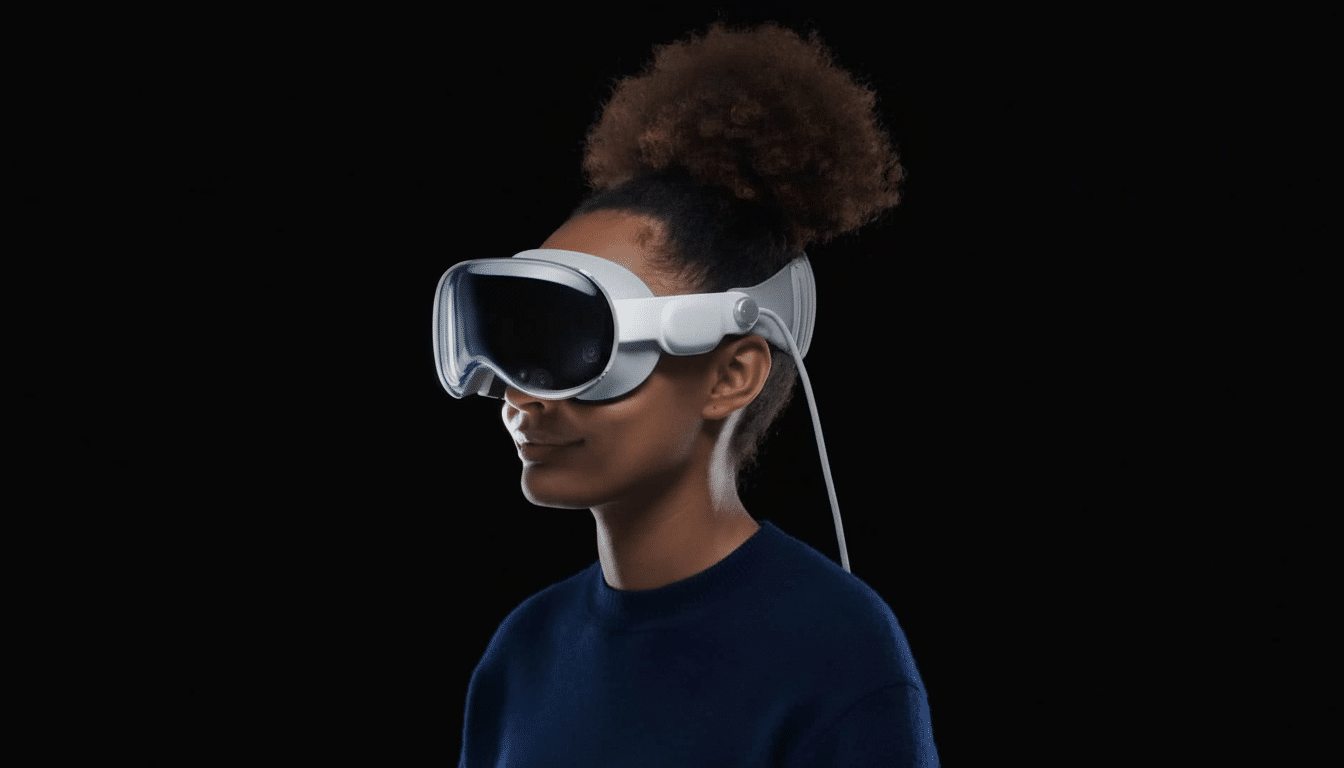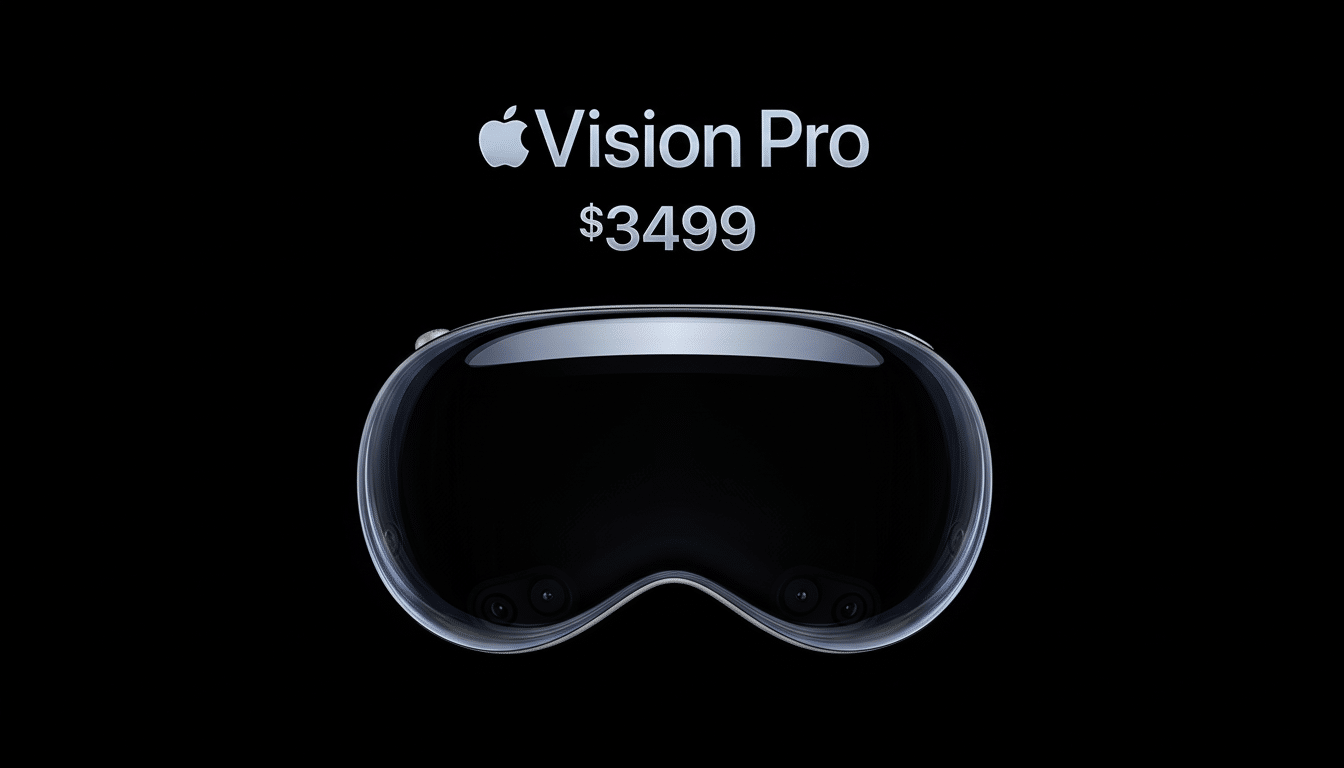Samsung is offering would-be mixed reality customers a timely incentive to jump in, with it taking preorders for its upcoming XR headset and gearing up just as all eyes are on Apple’s new M5-powered Vision Pro. The move represents a bullish push into premium spatial computing and a play to lock up early adopters before competitive cacophony sets in.
Preorder Credit Is Aimed at Early Adopters
Customers who order a Samsung-branded XR device can preorder $100 in accessories they can use in the store through a store credit. Add to that an extra battery pack, protective case, or a trusty pair of earbuds that complete a day-to-day kit. Importantly, a reservation would not obligate the consumer to purchase; it would merely maintain the incentive so that if somebody wanted to pull the trigger at launch, they could.

In a category where accessories directly affect comfort and longevity, the value of what’s included matters. Want to take your hunt for guilty pleasures on the road? A power pack can extend sessions, while a travel case shields optics, and audio gear enhances immersion. Samsung’s pitch makes sense: Reduce the upfront pain, take away the fear of missing out by all means possible, even if you haven’t completely come down on either side.
Picking a Fight With Apple’s Latest Vision Pro
The newest Apple Vision Pro refresh, using an M5 chip, sets a new benchmark of high-end headsets. Apple does not typically disclose unit sales, but several analysts last cycle estimated that the first-year shipments of Vision Pro were in the mid hundreds of thousands. Priced from $3,499 as it was previously — prices that have dropped into entry-level car territory — Apple established the market’s high-water mark… and offers some room for competitors to play at value or ecosystem depth.
It sounds like Samsung’s focus this time around is total cost of ownership. A preorder credit might be small compared with hardware price tags, but it takes the edge off accessory spend and keeps buyers in Samsung’s retail universe. It’s a psychological nudge at a very crucial time: The next time consumers compare spec sheets, they’ll weigh not just fidelity and comfort but what they’re getting on day one without sprucing up.
Hardware and software expectations for Samsung’s XR headset
Samsung’s headset, built with Google and Qualcomm under a long-rumored Project Moohan partnership, is set to run on Android XR — a newly announced platform that combines Android’s app prowess with temporal interfaces. Google has promised native support for gaze and hand input, as well as deep integration with services like YouTube, Maps, and Gemini. That alignment matters; it hints at the kind of day-to-day usefulness XR will need if it’s going to break out of “demo” territory.
Industry briefings suggest that on silicon, we are talking about Qualcomm’s Snapdragon XR2+ Gen 2 platform, which is built for high-res passthrough with support for even more concurrent cameras and sensors around the device, allowing stable tracking. Qualcomm emphasizes support for up to 4.3K-per-eye displays at high refresh rates—specs that, if delivered in shipping products, have implications for comfort as well as text readability (which matters far more to productivity than many people may think).

A few early demo units demonstrated at developer events included more accurate eye tracking, finger pinches as a selection technique, and a tethered battery pack to alleviate the strain of a front-heavy headset. That design swaps metal for lighter plastics and reallocates weight, a decision that can be more important than raw compute for longer sessions. Apple set the standard for visual polish; Samsung appears to be focused on adding as much immersion while emphasizing wearability.
Why the timing matters for Samsung’s XR launch
The XR market is at an inflection point. Research outfits such as IDC also anticipate AR/VR shipments worldwide to return to double-digit growth with the onset of new hardware cycles and more mainstream use cases. Meta still has the biggest share with Quest, but premium headsets are creating a halo effect: They draw in developers, usher in pro users, and set expectations for what spatial computing should accomplish.
Samsung adds something unique to that mix: the decades-old efficiency of a hardware supply chain, expertise in displays, and a large install base of Android. Behind a layer of robust tools and Unity support can be Android XR — and if Gemini’s on-device and cloud AI turns out to be useful in your headset, as good at summarizing documents as it is at giving live navigation tips, Samsung could well have the makings of a fairly compelling “good enough for work, great for entertainment” pitch.
What to watch after launch for Samsung’s XR headset
Whether the preorder credit is a wise teaser or the beginning of a momentum play will depend on three swing factors.
- Price and comfort: If Samsung sticks a lighter fit with an aggressive sticker price, it will flip some curious droids.
- Apps: Native YouTube, premium video partners, cloud gaming hooks, and productivity mainstays such as Meet and Drive could suggest a robust day-one library.
- Battery strategy: Hot-swappable packs and clear runtime guidance minimize friction and make XR feel doable.
For now, the reservation credit is a clever nudge at an inflection point. Even as Apple’s M5-level Vision Pro grabs the headlines, Samsung is making purchasers consider that there are other considerations such as value, convenience, and home-grown ecosystem. If the company can be reliable with comfort and software continuity, that $100 head start could be the difference between a lot of curious users trying spatial computing on Samsung’s terms or not.

